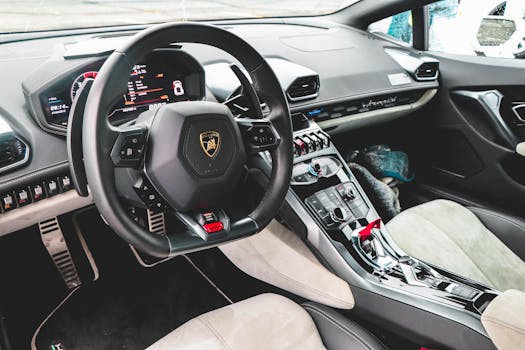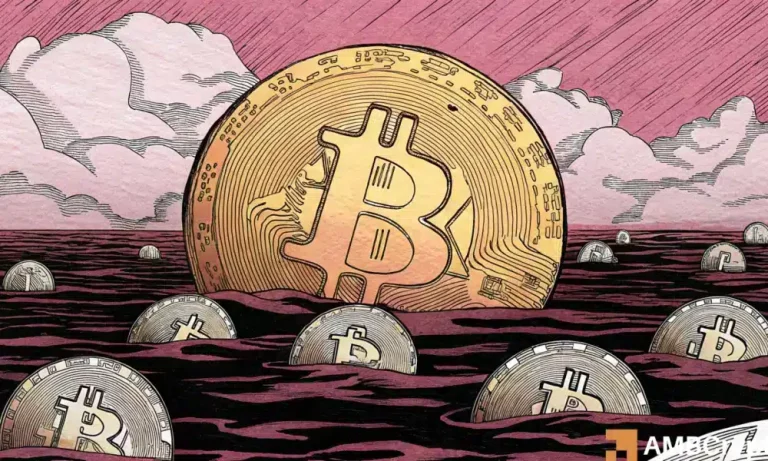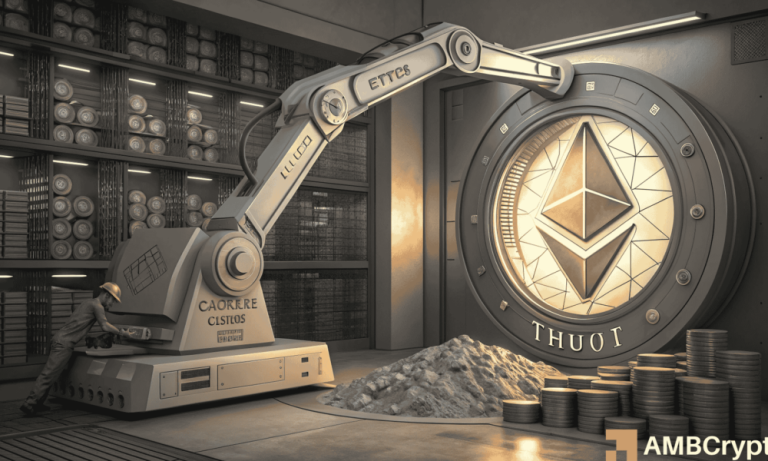
Revolutionizing Transportation: The Tech Gadgets of 2025
Revolutionizing Transportation: The Tech Gadgets of 2025 are transforming the way we travel, making it faster, safer, and more efficient. With the rise of autonomous vehicles, hyperloop systems, and advanced public transit, the future of transportation has never been more exciting.
Self-Driving Cars
Self-driving cars are one of the most significant innovations in transportation technology. These vehicles use a combination of sensors, GPS, and artificial intelligence to navigate roads and traffic, reducing the risk of accidents and improving traffic flow. Companies like Waymo and Tesla are leading the charge in self-driving car technology, with many more expected to follow in the coming years.
Hyperloop Systems
Hyperloop systems are another game-changer in transportation technology. Proposed by Elon Musk in 2013, the hyperloop is a network of vacuum-sealed tubes that would allow passengers to travel at speeds of up to 700 mph, reducing travel time between cities to near zero. While still in the development stage, hyperloop systems have the potential to revolutionize long-distance travel, making it faster, cleaner, and more efficient.
Advanced Public Transit
Advanced public transit systems are also being developed to improve the efficiency and sustainability of transportation. Electric and self-driving buses are being introduced in cities around the world, reducing emissions and improving traffic flow. Additionally, advanced transit systems like the London Underground and the New York City Subway are being upgraded with modern technology, including automated fare systems and real-time information displays.
Conclusion
In conclusion, the tech gadgets of 2025 are revolutionizing transportation, making it faster, safer, and more efficient. From self-driving cars to hyperloop systems and advanced public transit, the future of transportation has never been more exciting. As these technologies continue to develop and improve, we can expect to see a significant reduction in emissions, traffic congestion, and travel times, making the world a more connected and sustainable place.




